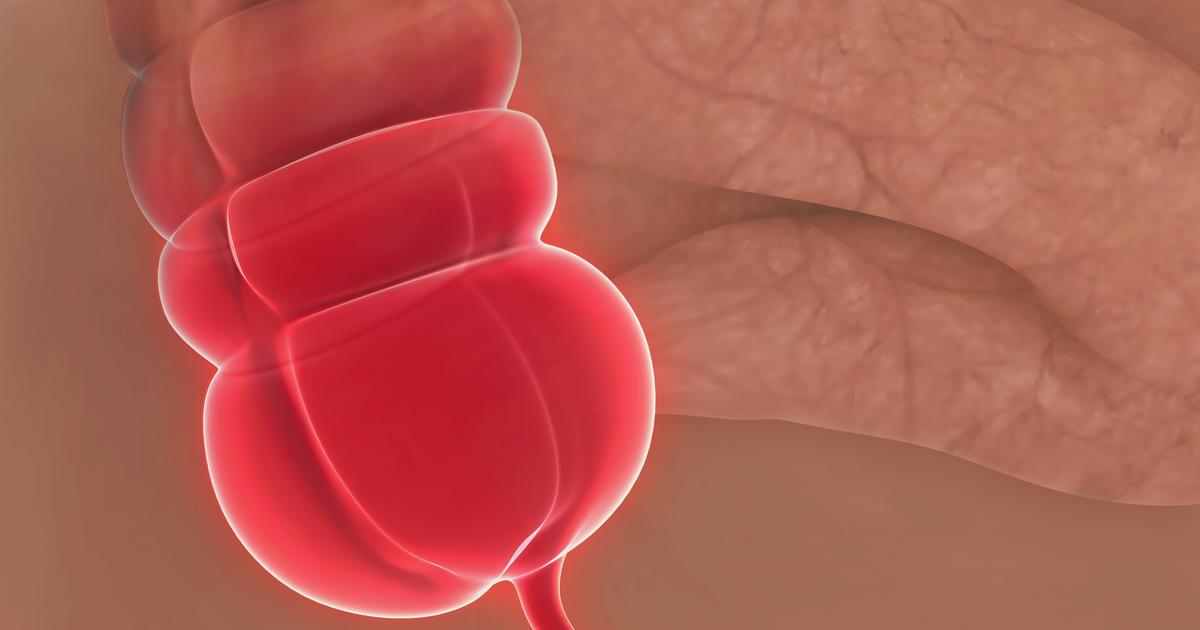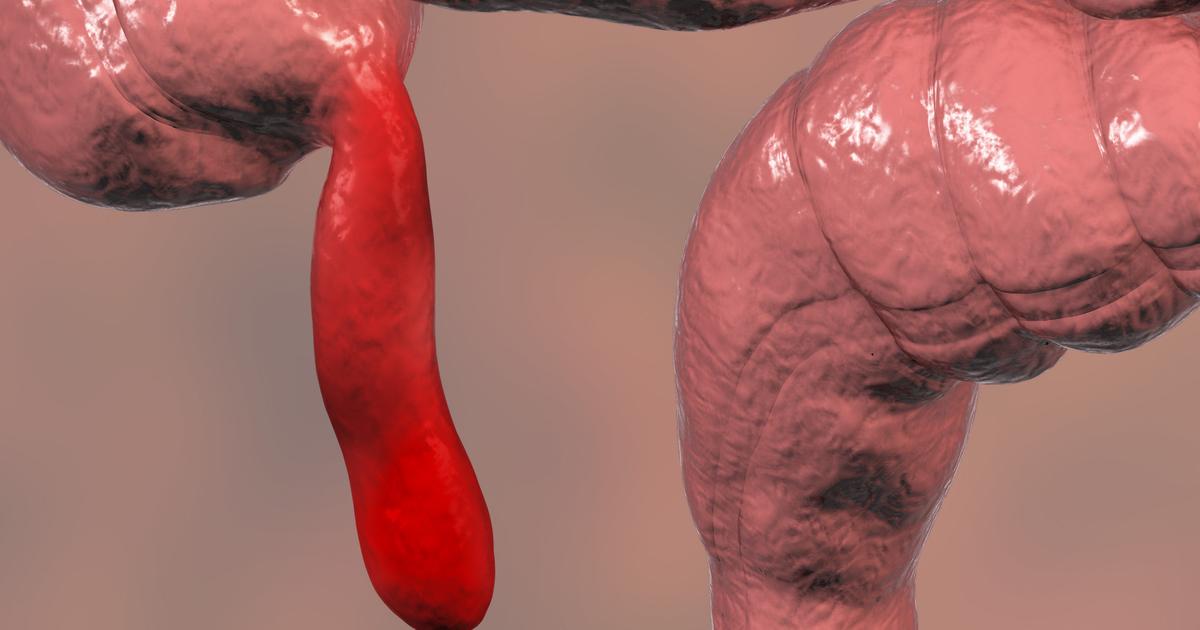Guide To The Causes And Complications Of Appendicitis
Appendicitis is a condition in which an individual's appendix becomes irritated and inflamed. The most prevalent cause of abdominal pain that requires surgery as treatment is appendicitis, with over five percent of individuals developing the condition at one point during their life. Symptoms of appendicitis include indigestion, appetite loss, constipation, nausea, vomiting, abdominal swelling, low-grade fever, inability to pass gas, and lower right-sided abdominal pain. A diagnosis of appendicitis is made with the use of a physical examination, blood tests, urine tests, pregnancy test, pelvic exam, abdominal ultrasound, abdominal CT scan, abdominal MRI scan, and abdominal x-rays. Treatment for appendicitis depends on the severity of the condition and may include appendix removal surgery, abscess drainage, pain-relieving medications, liquid diet, antibiotics, and intravenous fluids.
Appendicitis can have several causes and produce various complications. Learn about them now.
Blockage In The Appendix Lining

An individual is likely to get appendicitis when they develop a blockage in the lining of their appendix. The blockage in the appendix lining can be caused by hard stool, foreign bodies, parasites, or dried mucus. A blockage in the lining of the appendix causes the mucus behind it that has been produced by this organ to accumulate. Built-up mucus in the appendix due to a blockage causes this organ to become swollen and enlarged. When the appendix swells or becomes enlarged, the flow of blood through its supplying blood vessels becomes impaired. Impaired blood flow in the appendix tissues can cause cell death due to a lack of oxygen and nutrients required to sustain life. Cellular death and damage in the appendix induce a response by the immune system. The immune system reacts by sending numerous substances and different types of cells to the site of tissue damage. This influx of blood cells and other immune substances causes further inflammation and infection or appendicitis.
Uncover more causes and complications linked to appendicitis now.
Ruptured Appendix

A ruptured appendix is a complication most common in individuals who have appendicitis that has not been treated. Appendicitis causes the buildup of bacteria and immune system substances inside of the appendix. As the infection in the appendix progresses, the pressure inside of this organ can become too much for its lining to handle. As pressure builds up, the organ swells. An affected individual's appendix can swell up so much that the blood vessels that supply these tissues with blood become blocked. The blocked blood vessels do not allow oxygen and other vital nutrients to reach the affected section of the appendix lining. The part of the appendix lining deprived of oxygen can start to die, allowing a hole, tear, or vulnerability to form. The pressure in the appendix causes a rupture, where its toxic contents to push into the individual's abdomen.
Read more about the causes and complications linked to appendicitis now.
Pus In The Abdomen

An individual who has developed appendicitis may experience pus in their abdomen as a complication of their inflammation. When an individual experiences a buildup of pressure inside of their appendix because a blockage will not allow mucus to pass through, the appendix can rupture and leak pus into the abdomen. The toxic pus leaves the appendix and intestine, producing widespread inflammation in the other tissues and structures in the abdominal cavity. The toxic pus from the ruptured appendix can also get into the bloodstream, which can induce a life-threatening medical emergency referred to as sepsis. Sepsis is a term used when inflammation is widespread throughout an individual's body, and their vital organs begin to fail and shut down quickly. Low blood pressure, fast heartbeat, weakness, confusion, fever, and chills are all symptoms indicative of sepsis.
Reveal additional complications associated with appendicitis now.
Peritonitis

An individual affected by appendicitis can develop a complication referred to as peritonitis. The peritoneum is a thin membrane that serves as the lining of the inner abdominal wall and surrounds multiple structures and organs in the abdominal cavity. The most common cause of peritonitis is the invasion of this membrane by bacteria or fungi. An individual who has experienced a rupture of their infected appendix can develop peritonitis when the bacteria that have colonized in the damaged organ leak into the abdominal cavity. The symptoms of peritonitis may differ from those of appendicitis and include pain throughout the entire abdomen, higher fever, fast heart rate, fast respiration rate, chills, confusion, weakness, and severe and constant pain. This condition can progress into sepsis, or the other abdominal organs can attempt to isolate the toxic leakage to protect their tissues, forming an abdominal abscess.
Discover additional complications of appendicitis now.
Abscessed Appendix

An individual can develop what is known as an abscessed appendix when they have appendicitis. An abscess is a pocket in the body filled with fluids made from waste substances, bacteria, white blood cells, and other components that may be referred to as pus. Inflamed or infected appendix tissue may attempt to block itself off from the part of the organ overtaken by bacteria or fungi. This defense mechanism is what causes the growth of a pocket of pus in an individual's body. An abscessed appendix is not usually operated on surgically for treatment before it is drained, due to the higher risk of complications. A medical device referred to as a drain is placed into the abscess with guidance from an ultrasound or CT machine. In many cases, the drain in the abscess remains in place until all of the pus has been removed. Even if the abscess does not rupture, most individuals affected by this complication will receive a course of antibiotics to mediate the infection.